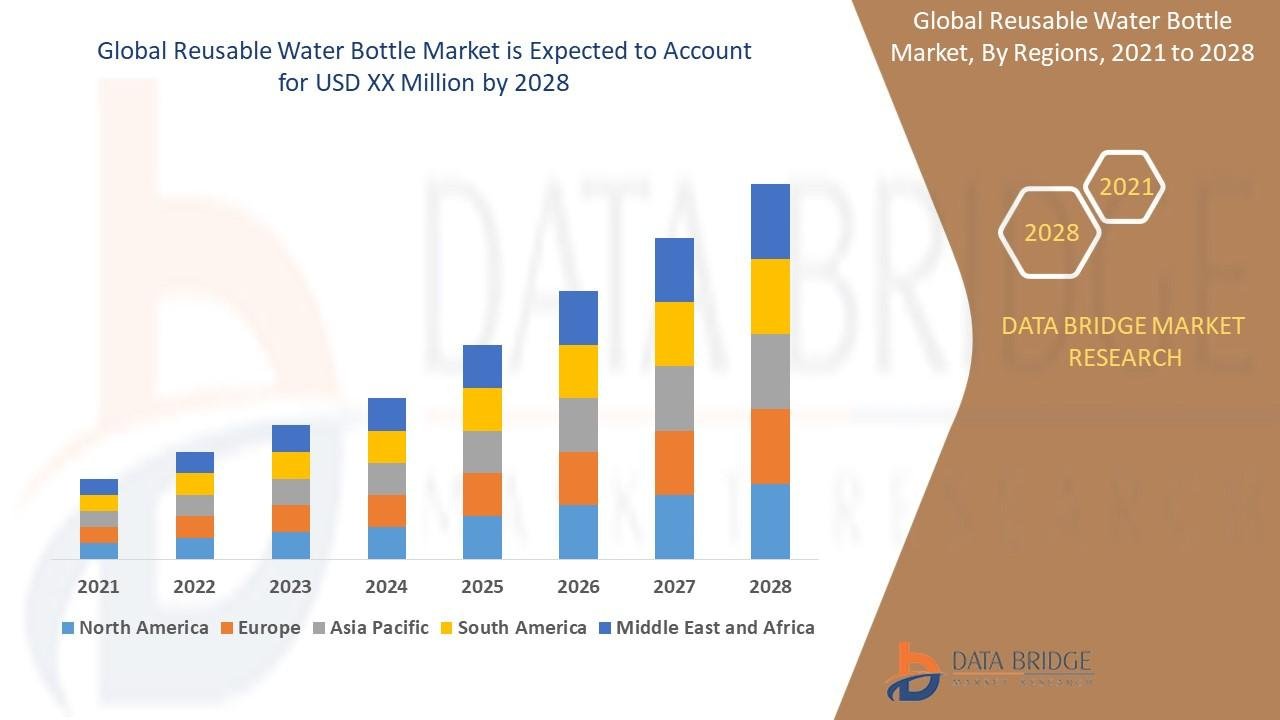Battery Recycling Market: Overview of the global battery recycling market, including growth factors and market size projections.
The Battery Recycling Market represents a pivotal intersection of waste management, resource security, and the transition to a global electric economy. Qualitatively, it is characterized by a rapidly evolving infrastructure attempting to keep pace with an exponential increase in end-of-life (EOL) batteries, particularly from the automotive and stationary energy storage sectors. The core function of this market is to facilitate the collection, processing, and material recovery from spent batteries, transforming them from a hazardous waste stream into a secondary source of critical raw materials.
A key qualitative driver is the intense geopolitical focus on resource security. Nations worldwide are recognizing the vulnerability associated with relying on primary mining of essential battery elements like lithium, cobalt, nickel, and manganese. Recycling offers a domestic or regional alternative, thereby establishing a more resilient and circular supply chain. This strategic imperative often supersedes immediate economic considerations, prompting significant policy intervention and government support.
The market structure itself is in a state of flux. Historically dominated by the mature, highly efficient lead-acid battery recycling loop—which boasts a robust, established collection and processing network—the market is now experiencing a fundamental transformation due to the influx of lithium-ion batteries (LiBs). This shift introduces complexity, as LiBs present a diverse array of chemistries, complex thermal management systems, and significantly higher safety risks during handling, storage, and transport due to their energetic nature. The market must therefore develop a dual infrastructure: one for the stable, high-volume lead-acid stream, and another, more sophisticated, for the varied and hazardous LiB stream.
The competitive landscape is qualitatively diverse. It includes large, established recycling and materials technology companies, specialized LiB recycling startups focused on novel processing technologies, and, increasingly, battery and automotive Original Equipment Manufacturers (OEMs) forming closed-loop partnerships. These partnerships are a crucial qualitative feature, as OEMs are moving upstream to secure their future raw material needs, establishing collection networks, and often co-locating recycling facilities with or near battery manufacturing "gigafactories." This integration is fundamentally altering the traditional linear supply chain model.
A primary qualitative challenge remains the logistical bottleneck. The lack of standardization in battery pack design and chemistry makes automated disassembly difficult and expensive. Furthermore, establishing a ubiquitous and safe collection network for diverse battery types—from small consumer electronics to massive electric vehicle packs—across varied geographic landscapes is a monumental infrastructure task. The safety issues associated with transporting and storing large, potentially reactive EOL LiBs act as a significant constraint, demanding specialized regulatory oversight and transport protocols.
Finally, the market is fundamentally driven by sustainability and environmental stewardship. The public, regulatory bodies, and corporations view recycling as a critical component of "green" mobility and energy storage. The qualitative benefit is the substantial reduction in the environmental footprint—including lower greenhouse gas emissions and reduced water and energy consumption—compared to virgin mining and refining. This powerful environmental narrative underpins much of the market’s current momentum and future regulatory direction.
FAQs on the Battery Recycling Market
Q: What is the primary non-financial force driving the growth of the battery recycling market?
A: The main non-financial driver is the global strategic focus on resource security and environmental sustainability. Countries and corporations are seeking to reduce reliance on primary mining for critical battery materials and mitigate the ecological damage and resource depletion associated with linear consumption models.
Q: How does the entry of lithium-ion batteries qualitatively change the existing recycling infrastructure?
A: The introduction of LiBs necessitates a radical transformation of the infrastructure by adding complexity. It requires new, specialized facilities and processes (like hydrometallurgy or direct recycling), stricter safety protocols for handling volatile materials, and solutions for managing the diversity of LiB chemistries, which is a stark contrast to the mature, standardized process for lead-acid batteries.
Q: What is the most significant qualitative challenge facing the market's operational efficiency?
A: The most significant challenge is the lack of standardization and the logistical complexity of collection. Varied battery designs and chemistries impede efficient, automated disassembly and sorting, while safe collection and transportation of hazardous, end-of-life batteries from numerous dispersed sources create a substantial infrastructure and regulatory hurdle.
More Related Reports:



